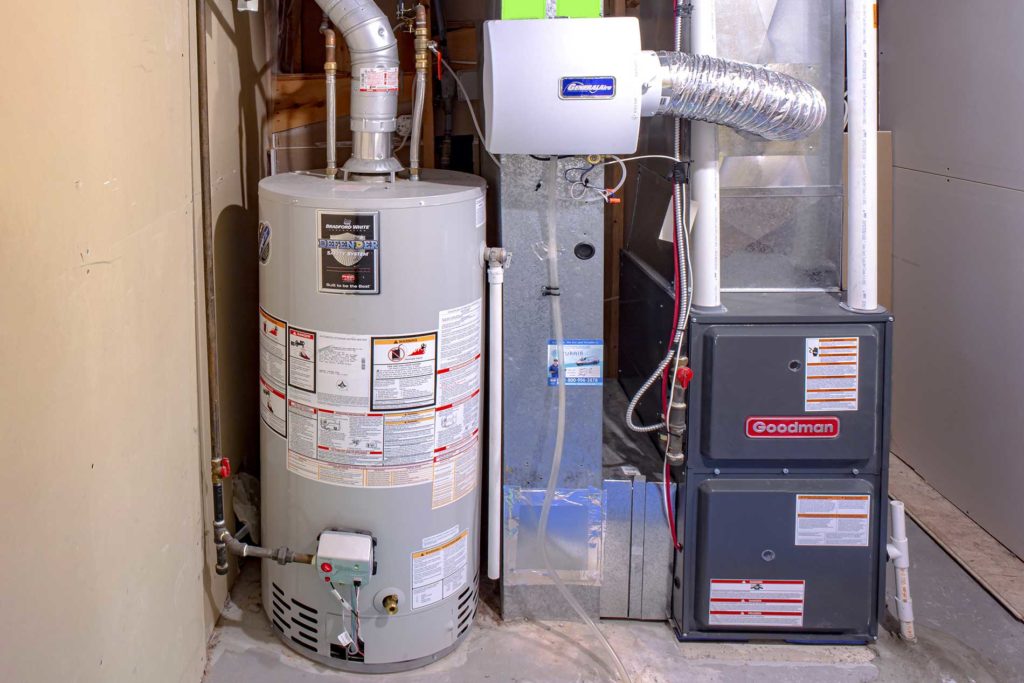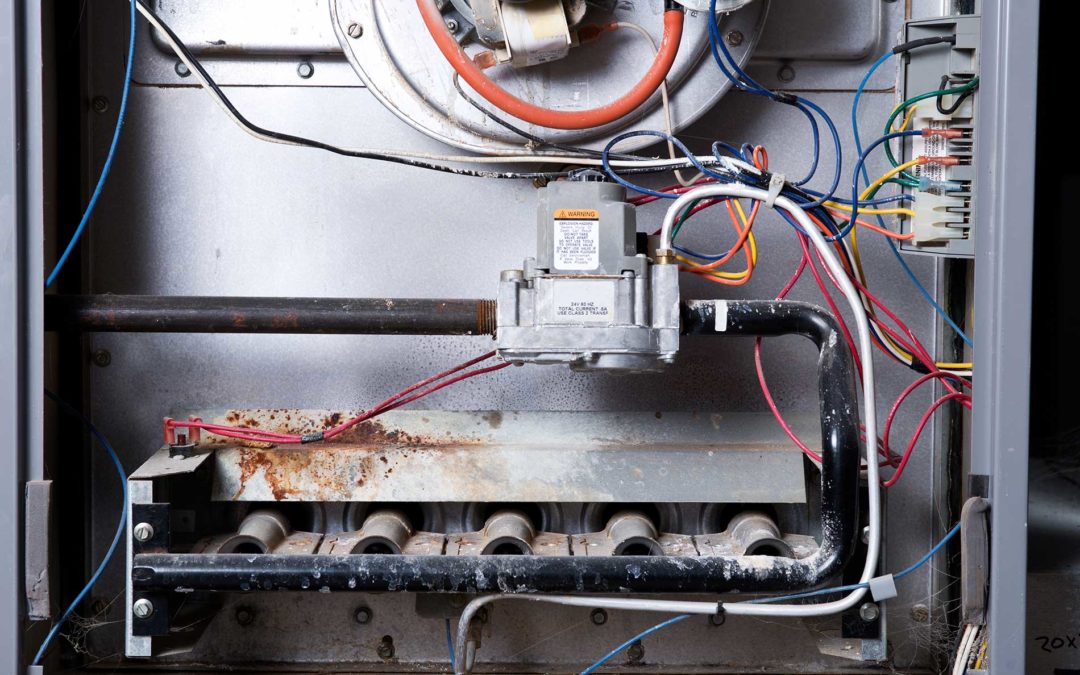Heating and cooling systems help ensure that your indoor environment is comfy and cosy, keeping your in-house temperature in check. However, older systems become susceptible to mechanical failure and could leave you out in the cold. In this blog, we chat about how you can take care of one of the most critical pieces of equipment in your house – the furnace.
Know your furnace
There are a few reasons for furnace leakages, but one indicator is always the same – a puddle of water in front of your furnace. The solution depends on the type of furnace you have.
It starts with looking at the vent or exhaust pipe. If it happens to be white plastic or PVC, you have a high-efficiency furnace. Another indication is the AFUE or Annual Fuel Utilization Efficiency rating (look for the sticker on your furnace). Those with an AFUE of 90 per cent or more are high efficiency. What if you see a metal exhaust pipe? This is standard efficiency and has an AFUE below 90 per cent. This type typically should not have condensation problems.
Let’s consider how the pros at A1Kelowna would look at the situation!
1. Is there a damaged heat exchanger?
High-efficiency furnaces produce condensate as a by-product of the heating process. The primary and secondary heat exchangers extract energy from the exhaust gases, which shed water through condensate as they lose heat. Water leaking could stem from a cracked heat exchanger. This is very serious as it allows dangerous gases to escape and acidic condensate to leak out.
The most common recommendation by HVAC technicians is a replacement of the heating system. The reason is that repairing the heat exchanger can be a complex and time-consuming endeavour.
2. Is there a leaking Humidifier?
Humidifiers integrated with your furnace work to humidify your home by a connected plastic water pipe. These lines may develop issues over time, leading to a leak.
The way to get around this is when you are having your furnace checked, we check the water lines for any cracks or pinholes. Also, we check the connection between the humidifier and water lines.
3. What about a clogged Condensate Trap?
A condensate trap sweeps away acidic condensate from high-efficiency furnaces. If the trap is clogged, the condensate will back up and overflow. When this happens, the overall performance and longevity of the unit will be affected. Again, a regular furnace check-up will spot this problem.
One way to resolve this is to flush out the blockage and schedule regular trap cleaning sessions to prevent future clogging. Also, we would check for broken or accidentally disconnected condensate drain lines as these can also cause furnace leaks. The broken lines may need replacing.

Time for your Fall Furnace Check-up
Give the pros at A-1 Heating and Air Conditioning and avoid messy furnace leaks. A service-oriented company, our end-to-end solutions take care of installation, repair and maintenance. We also cater to emergencies through the same-day servicing option.

